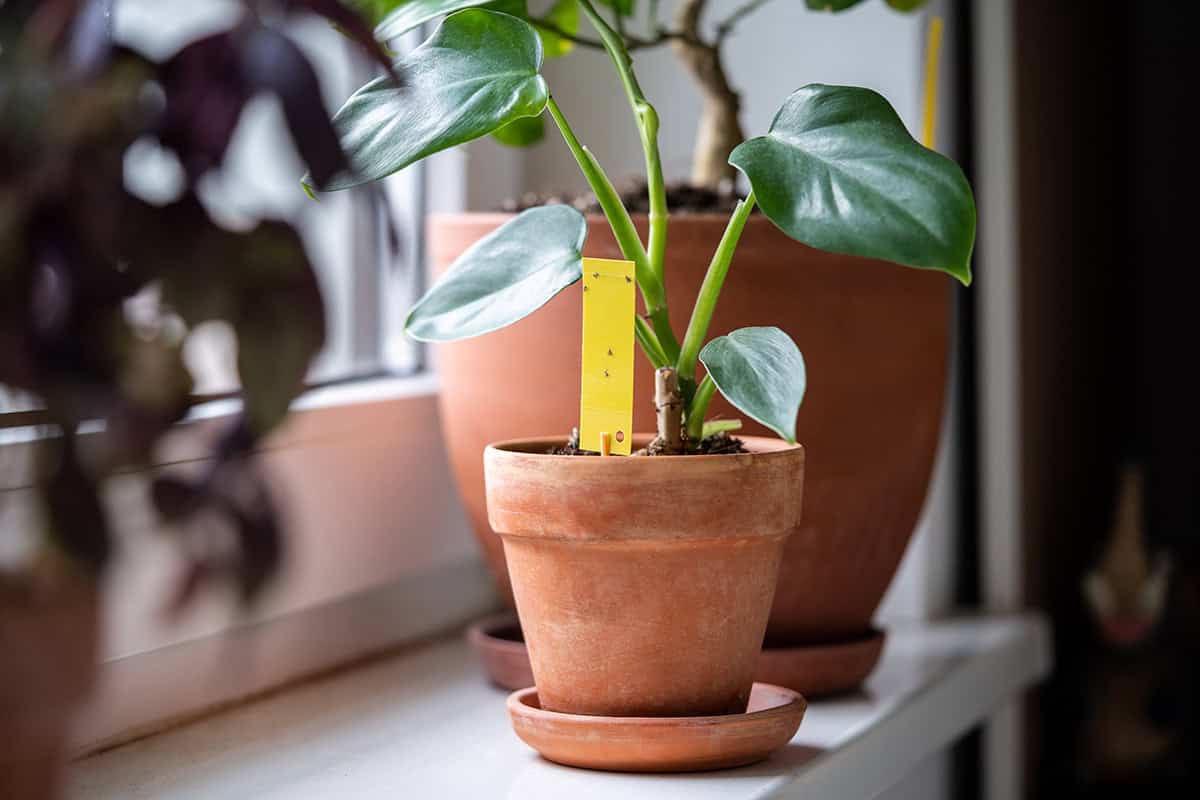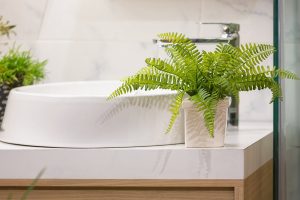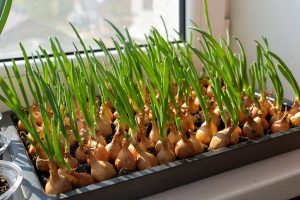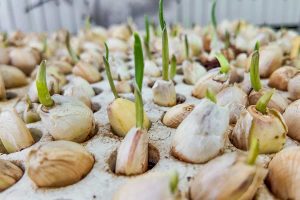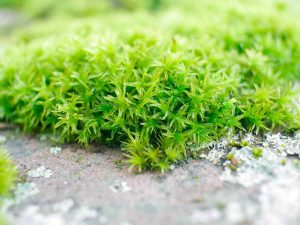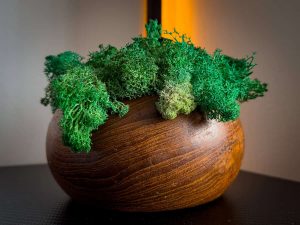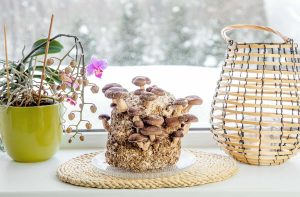Noticing tiny flies swarming around your indoor plants? You’re likely dealing with fungus gnats—one of the most annoying houseplant pests. In this guide, you’ll learn exactly how to get rid of them and keep your plants healthy and bug-free.
Table of Contents
What Are Fungus Gnats?
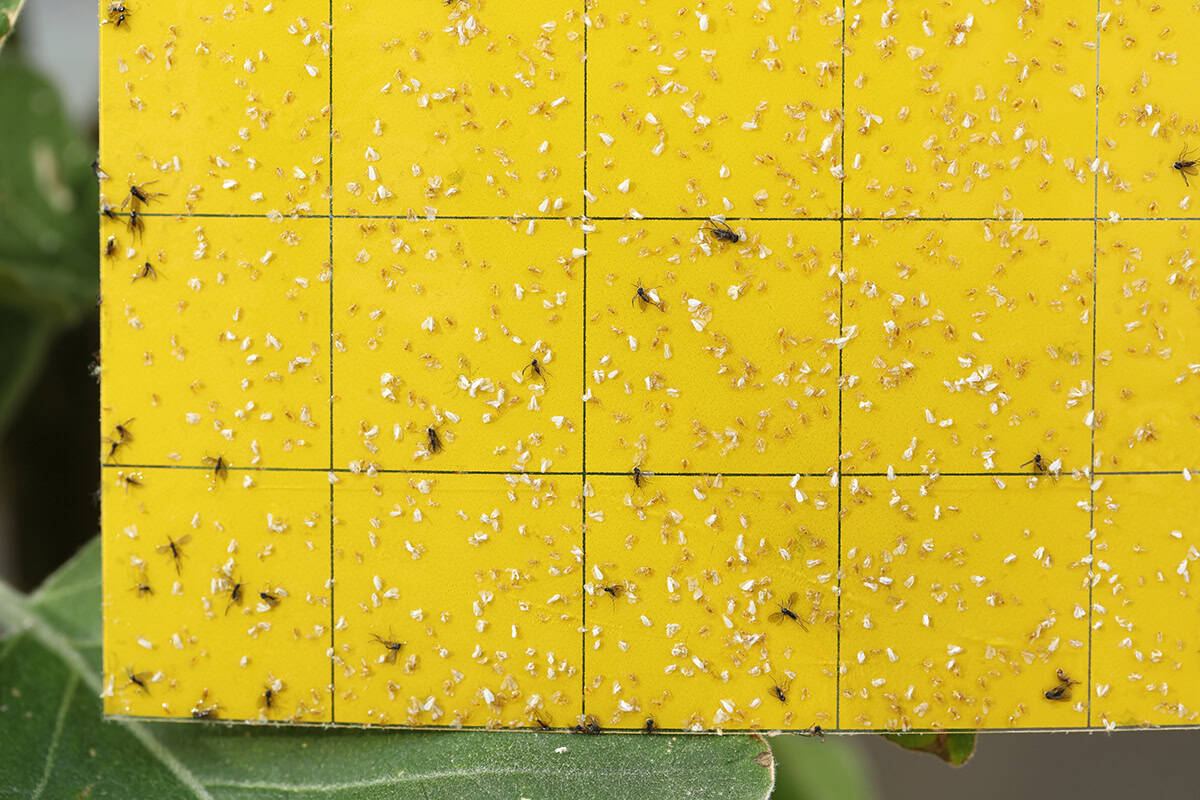
Fungus gnats are tiny insects often seen around houseplants. They thrive in moist environments and feed on organic matter in the soil. Understanding these pests can help you address their presence in your home.
Signs You Have Gnats
You might notice small, black flying insects hovering around your houseplants. These are adult fungus gnats. They are attracted to the moisture and organic matter in the soil. Their larvae live in the soil and can damage plant roots. If you see wilting plants or dark, moist areas in the soil, this could indicate gnat infestation. They’re attracted by overwatering and poor drainage, which create ideal breeding conditions.
Why Houseplants Attract Them
Houseplants often attract fungus gnats due to their moist soil. Overwatering, commonly seen in indoor plant care, makes ideal conditions for gnats to thrive. The larvae feed on decaying organic matter in the potting mix. As organic matter decomposes, it releases nutrients that gnats find appealing. Additionally, rich potting soil retains moisture, further encouraging infestation. Maintaining proper watering and allowing the soil to dry can help deter them.
What Causes Gnats In Houseplants?
Gnats in houseplants are often a result of conditions that promote their growth. Their presence is usually linked to factors such as moisture, poor drainage, and organic debris. These tiny pests thrive in environments that provide them with food and breeding grounds.
Overwatering And Moist Soil
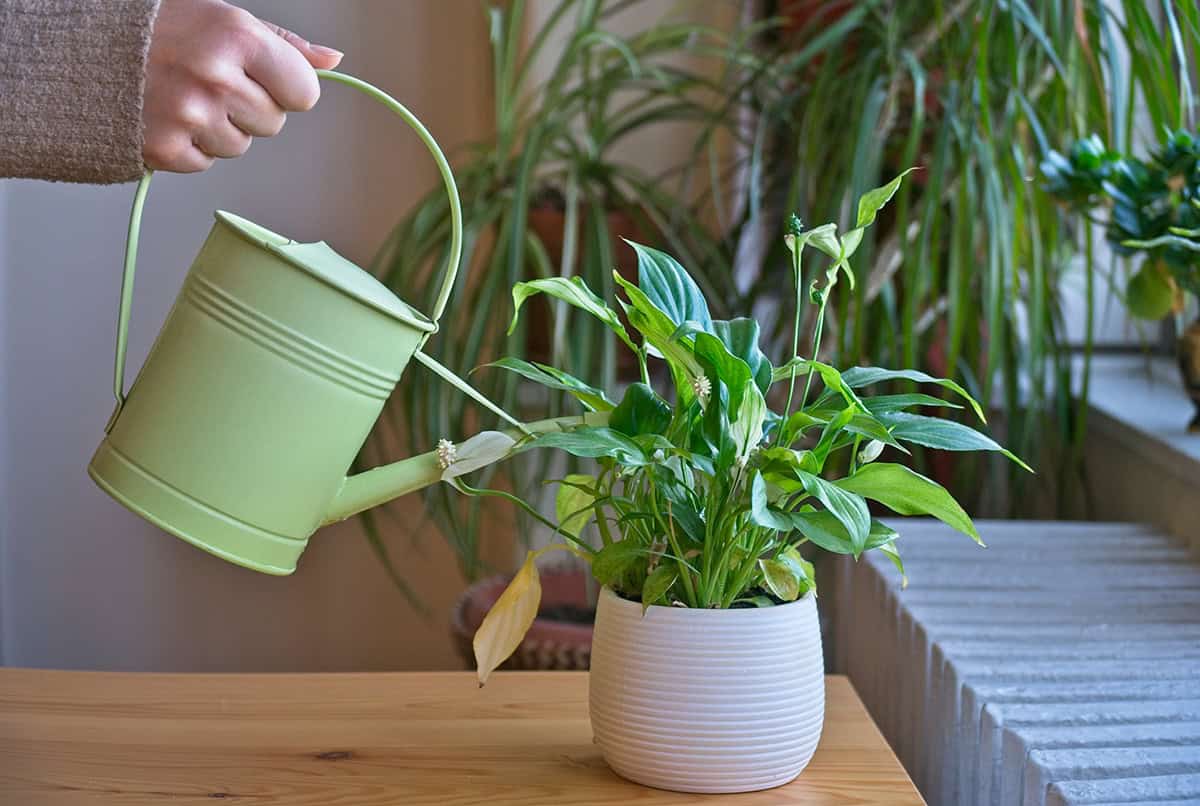
Excess water in your plant’s soil can attract gnats. These pests thrive in moist environments. They lay eggs in the top layer of soil. When the soil is consistently damp, it creates a perfect breeding ground. It’s important to let the soil dry out between waterings. Aim to keep the top inch of the soil dry. This helps disrupt the life cycle of gnats.
Poor Drainage
Drainage issues contribute to gnat infestations. Without proper drainage, water accumulates at the bottom of the pot. It leads to overly soggy soil. This condition encourages gnat populations. Ensure your pots have drainage holes. These holes let excess water escape. You might also want to use a well-draining potting mix. Improving drainage can discourage gnats from settling in.
Organic Material Build-Up
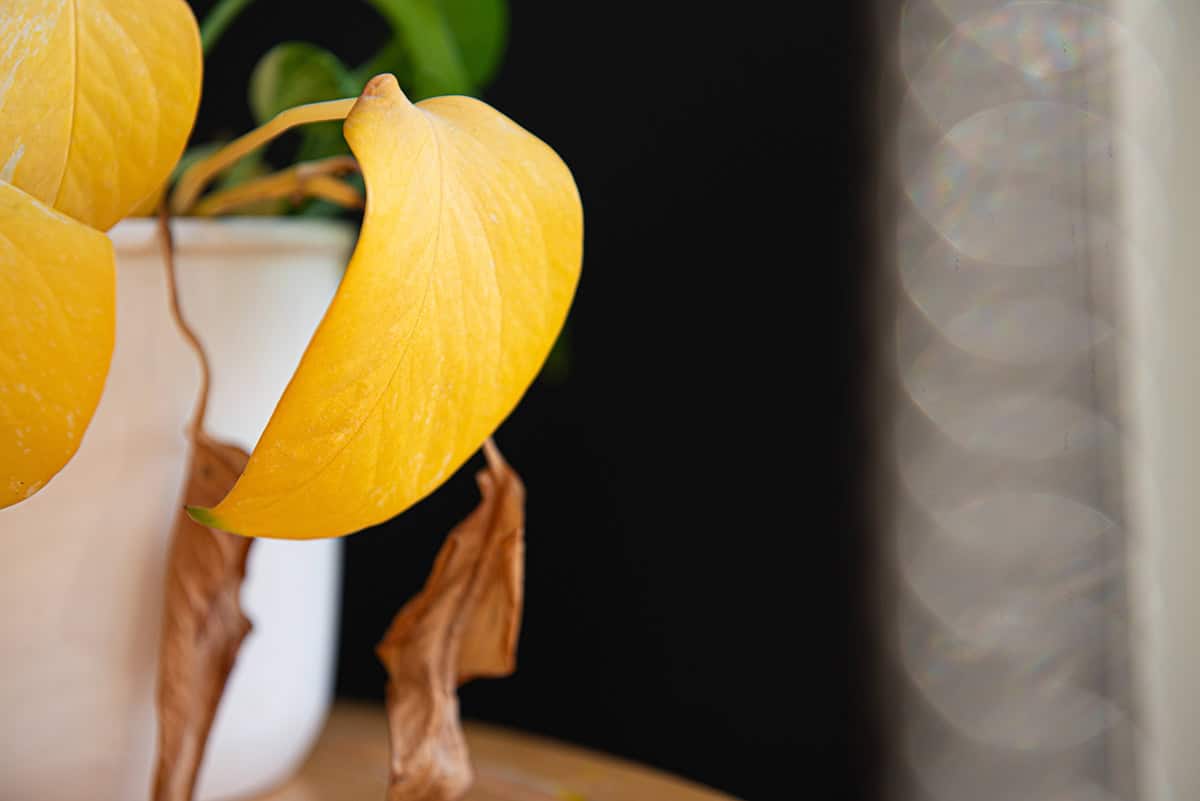
Accumulation of organic material is another cause. Decomposing leaves and debris attract gnats. They use it as food and breeding sites. Regularly clean the soil surface of fallen leaves and plant matter. It’s beneficial to trim dying parts of the plant. This reduces food sources gnats rely on. Managing plant debris helps control their population effectively.
Reused Or Contaminated Potting Soil
Soil from previous plantings may contain gnat larvae. Using contaminated soil risks introducing gnats to new plants. To reduce this risk, consider refreshing the soil completely. Sterilizing potting mix before use can help. Many people bake soil to kill larvae and pathogens. Always check for visible signs of pests before reusing soil. This step can prevent an infestation.
How To Get Rid Of Gnats On Houseplants Naturally
Controlling gnats on houseplants naturally involves a few simple steps. By adjusting watering habits and applying natural treatments, you can effectively manage and prevent gnat infestations while maintaining healthy plants.
Let Soil Dry Out Between Waterings
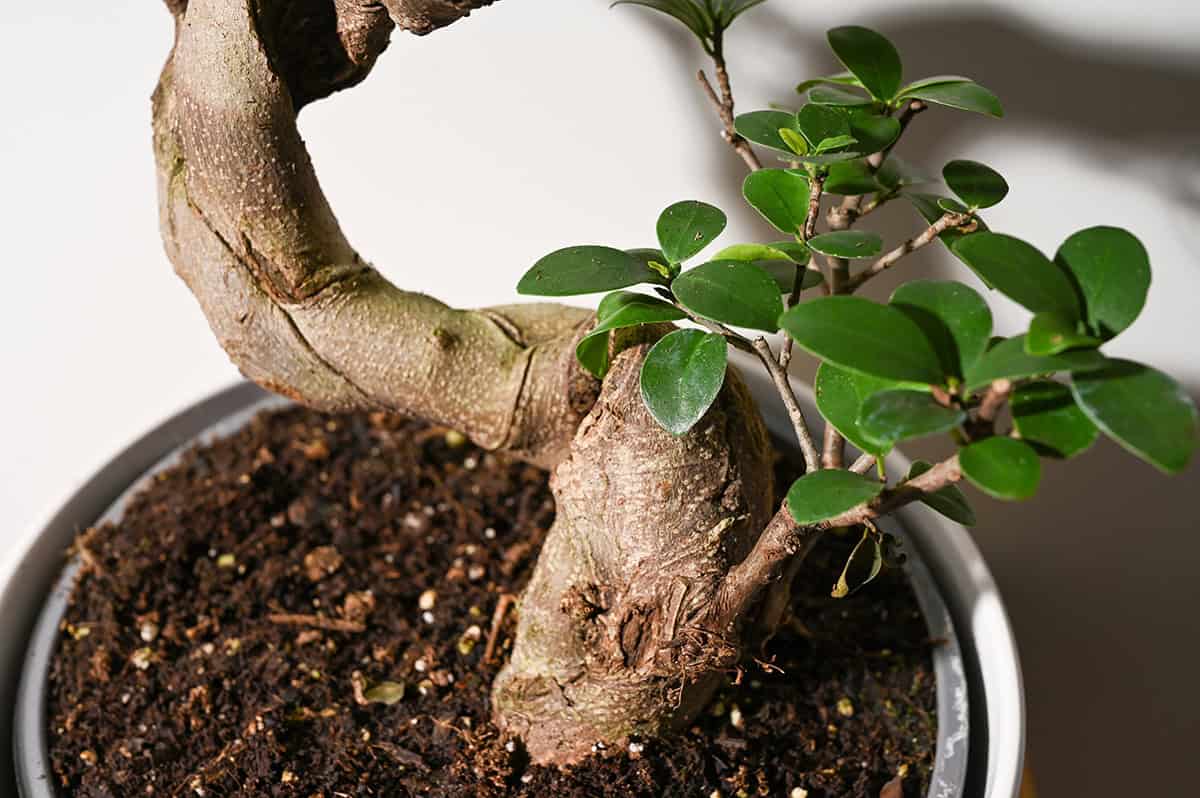
Allowing the soil of your houseplants to dry out interrupts the lifecycle of gnats, as they thrive in moist environments. Check the top inch of soil before watering your plants. If it feels dry, it’s time to water. This practice not only prevents gnats from laying eggs but also promotes root health. Overwatering can lead to root rot, negatively impacting plant wellness.
Use Sticky Traps
Sticky traps offer a chemical-free way to capture adult gnats. Place yellow sticky cards near the base of your plants. Ensure the traps are close enough to catch flying gnats but avoid contact with leaves. Regularly replace the cards when they become cluttered. This easy measure can significantly reduce the gnat population in your home.
Sprinkle Cinnamon Or Sand On Soil
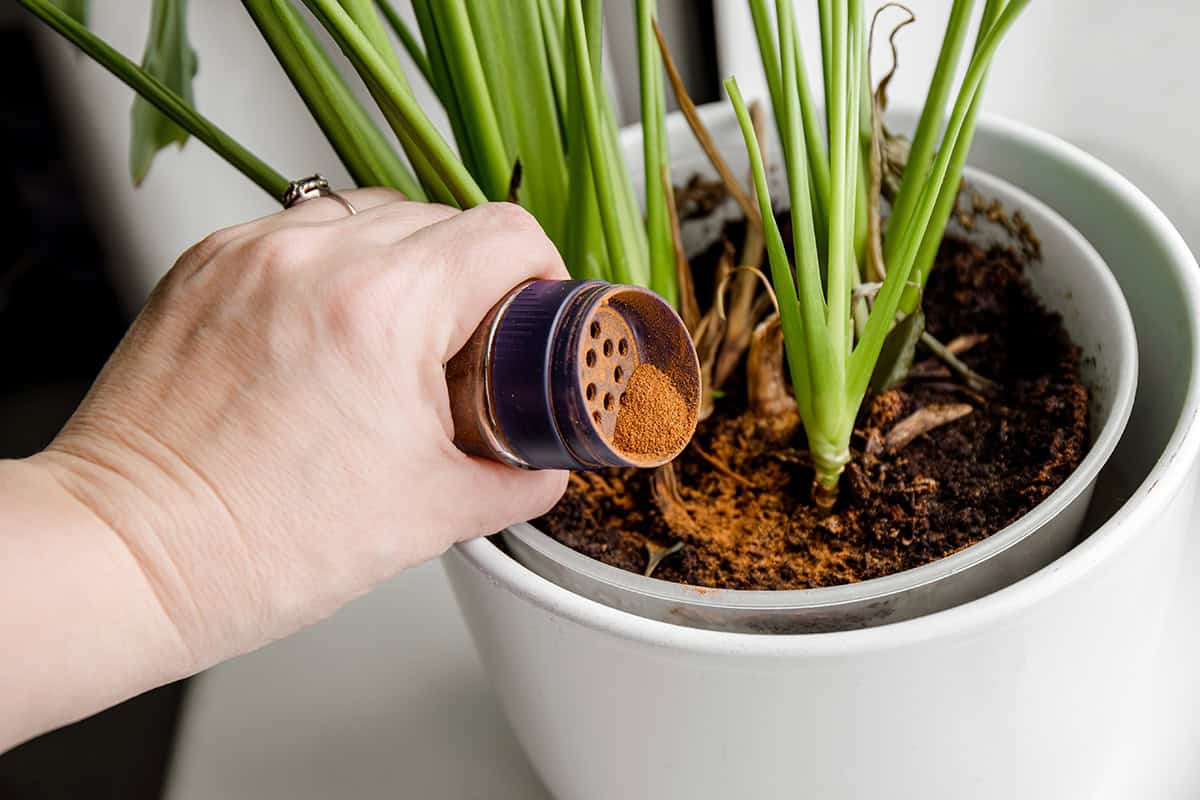
Cinnamon, known for its anti-fungal properties, can help by inhibiting gnat larvae growth. Evenly sprinkle a light layer on the soil’s surface, avoiding plant leaves. Alternatively, a thin layer of sand can act as a barrier, preventing adult gnats from reaching the soil to lay eggs. Both methods are effective yet gentle on plants.
Apply Neem Oil Solution
Neem oil serves as a natural insecticide. Create a solution by mixing neem oil with water according to product instructions. Spray this solution onto the soil and foliage of your plants. Neem oil disrupts gnat reproduction and deters them from infesting further. Regular application ensures continued protection for your plants.
Water With Hydrogen Peroxide Mix
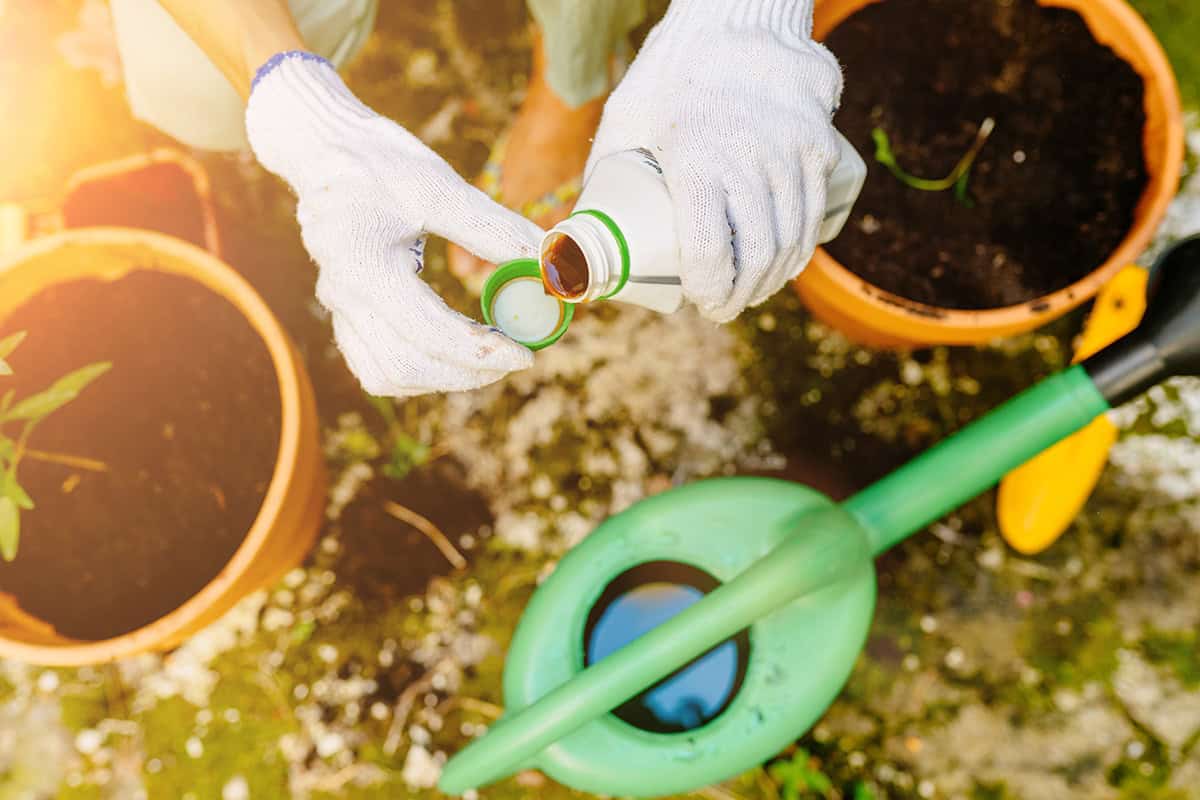
A hydrogen peroxide solution can target gnat larvae in the soil. Mix one part hydrogen peroxide with four parts water. Use this mixture in place of your regular watering routine. As the solution seeps into the soil, it oxidizes and kills larvae without harming the plant. This method also aerates and disinfects the soil.
Store-Bought Solutions For Gnats
Eliminating gnats from houseplants often involves using products designed to target their specific lifecycle stages. Depending on the severity of the infestation, you might need different solutions like sprays, biological insecticides, or soil drenches.
Gnat Killer Sprays
Gnat killer sprays are effective for immediate relief against adult gnats. You can find them in most garden centers. These sprays typically contain pyrethrins or plant oils. They work by directly targeting flying adults, quickly reducing their numbers.
It’s important to follow the instructions on the label for safe usage. Spray in well-ventilated areas to avoid exposure to chemicals. Regular application may be necessary, especially in larger infestations.
Biological Insecticides (e.g., BTI)
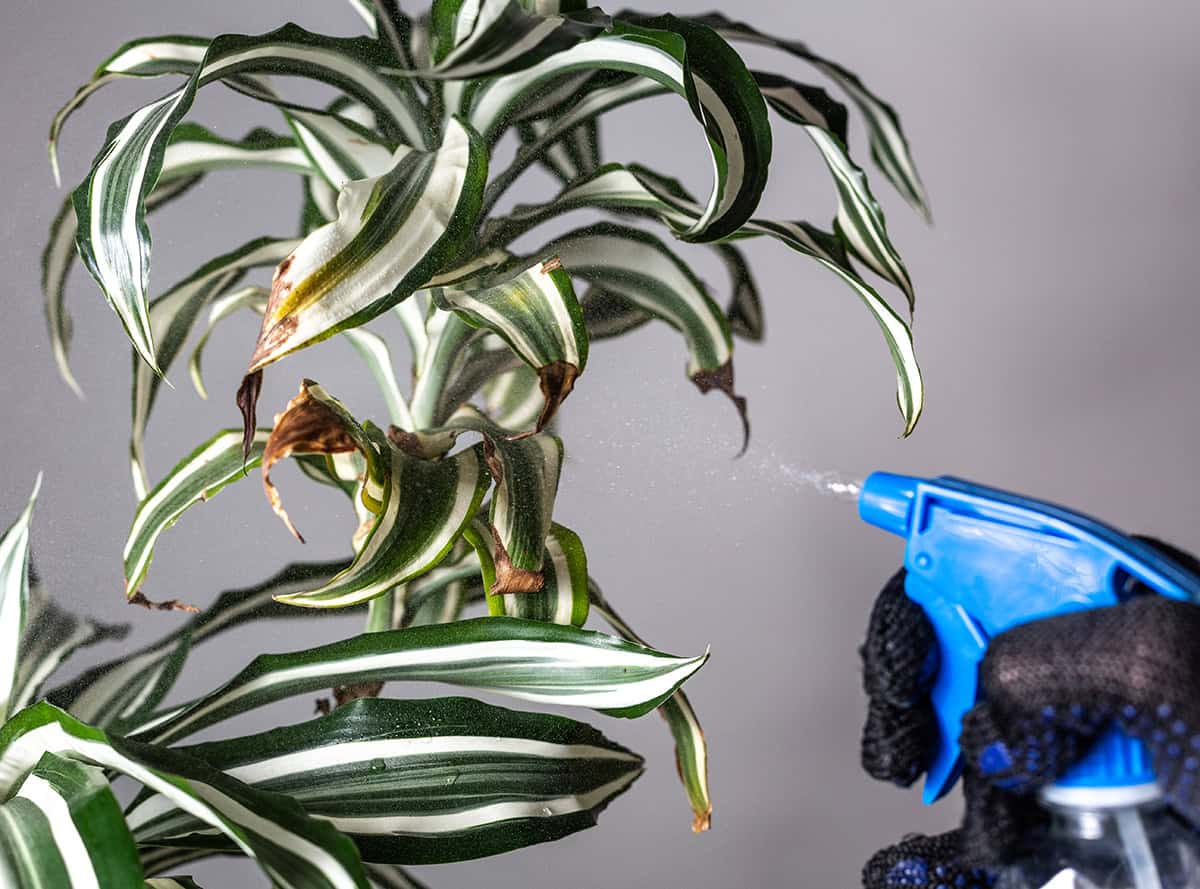
Biological insecticides like Bacillus thuringiensis israelensis (BTI) target gnat larvae. These products are safe for the environment and non-toxic to pets and humans. BTI-based solutions don’t kill adult gnats but stop new larvae from developing.
They work best when used consistently, as BTI affects larval development over time. Follow product instructions for dosing. Apply directly to the soil for maximum effectiveness.
Gnat-Specific Soil Drenches
Gnat-specific soil drenches contain insecticides that seep into the soil. This targets larvae at the root level. Imidacloprid is a common active ingredient. It helps break the life cycle by killing larvae as they hatch.
Carefully read and follow all instructions on the label. Overuse can harm plants. Use in conjunction with other methods. Ensure the soil is properly treated to avoid possible pest resurgence.
How To Prevent Future Gnat Infestations
Preventing gnat infestations requires consistent care of your houseplants. Key strategies involve managing moisture levels, ensuring proper soil drainage, and maintaining cleanliness. Adopting these practices reduces the chances of gnats thriving in your indoor garden.
Choose Well-Draining Soil
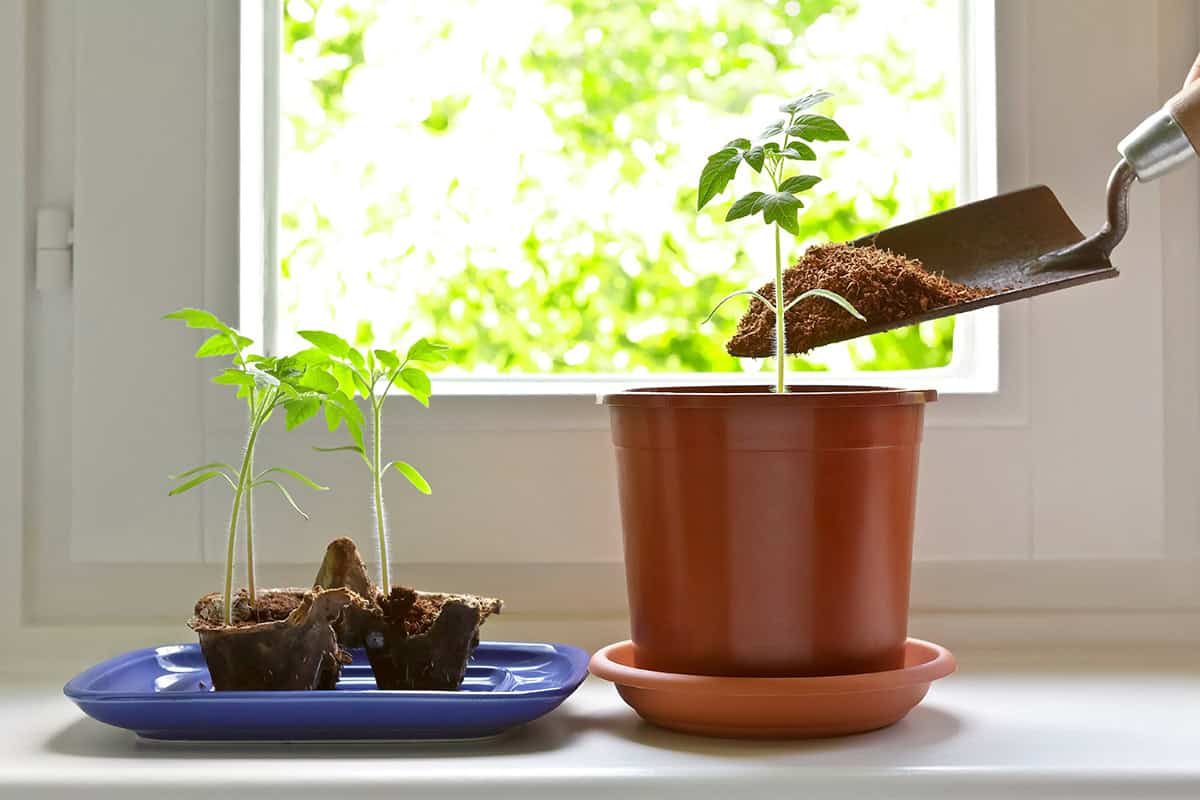
Using well-draining soil is crucial. It stops gnats from finding the damp conditions they enjoy. A mix with sand, perlite, or vermiculite can improve drainage. These elements allow excess water to escape, preventing soggy soil. Overly wet conditions often lead to root rot and gnat infestations. Additionally, consider using pots with drainage holes. This feature ensures that any surplus water can exit easily. Examine your soil before purchasing. It should crumble and not clump when moist.
Avoid Overwatering
Watering your plants correctly is essential. Gnats thrive in moist environments. Allow the top inch of soil to dry between waterings. It removes the damp habitat that gnats prefer for egg-laying. Consider watering from below. Once the top soil dries, place your pot in shallow water. Let the roots absorb water through drainage holes. This method keeps the topsoil dry while hydrating the plant. Always monitor your plant’s needs and adjust your watering schedule accordingly.
Quarantine New Plants
Introducing new plants is exciting but can lead to infestations. Always isolate new plants before integrating them with others. This step helps you monitor for signs of gnats or other pests. Keep them separate for at least two weeks. During this period, inspect both soil and leaves regularly. Look for adult gnats flying around or larvae in the soil. Treat any infestations before moving the plant to your main collection. This precaution prevents new pest problems.
Clean Drain Trays And Pots Regularly
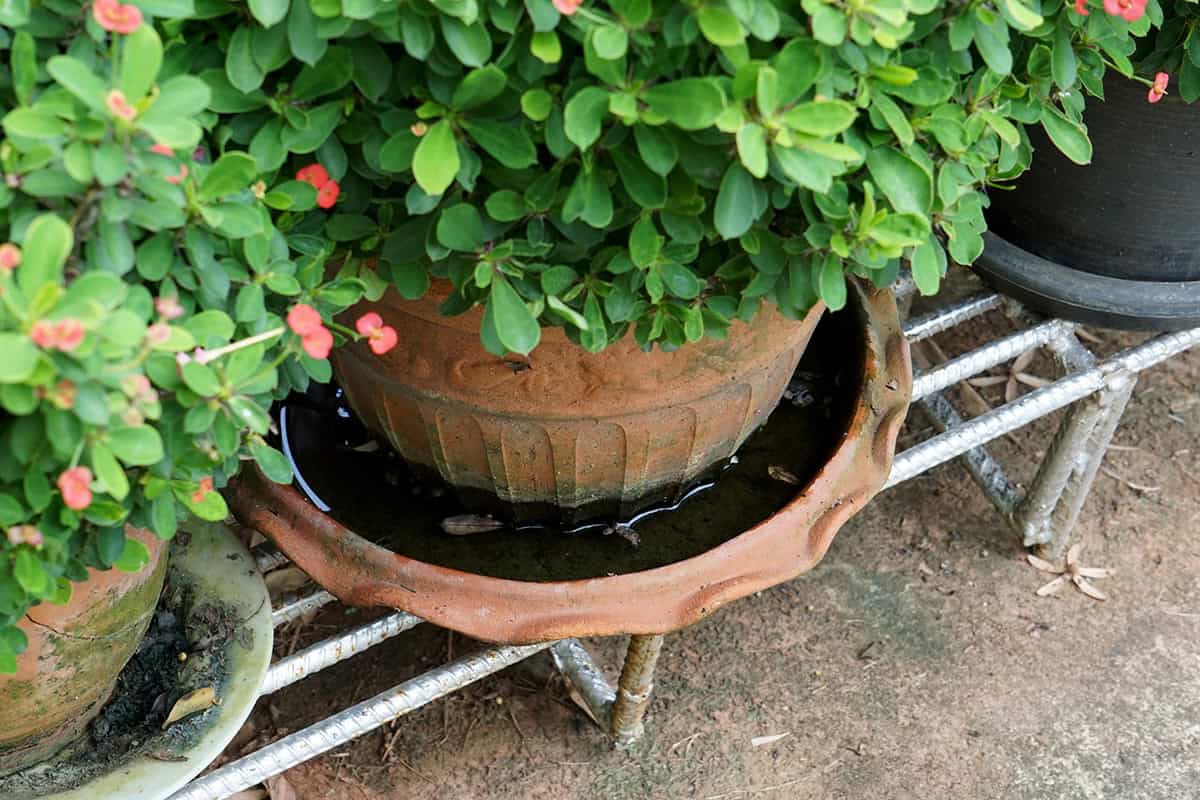
Regular cleaning of pots and trays helps eliminate any potential gnat habitats. Stagnant water in drain trays can invite gnats. After watering, empty and dry these trays. Avoid allowing water to sit in them for extended periods. Cleaning pots is equally important. Occasionally rinsing them with mild soap and water can deter pests. Don’t forget the undersides and edges. Consistent cleanliness disrupts the life cycle of gnats. It reduces opportunities for them to breed.
